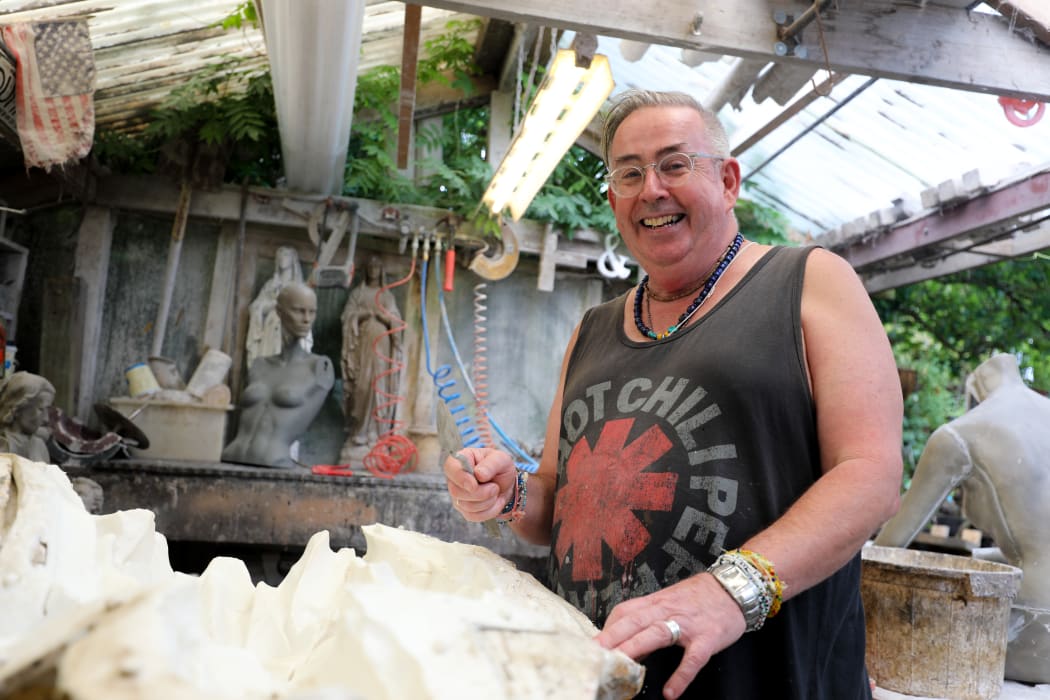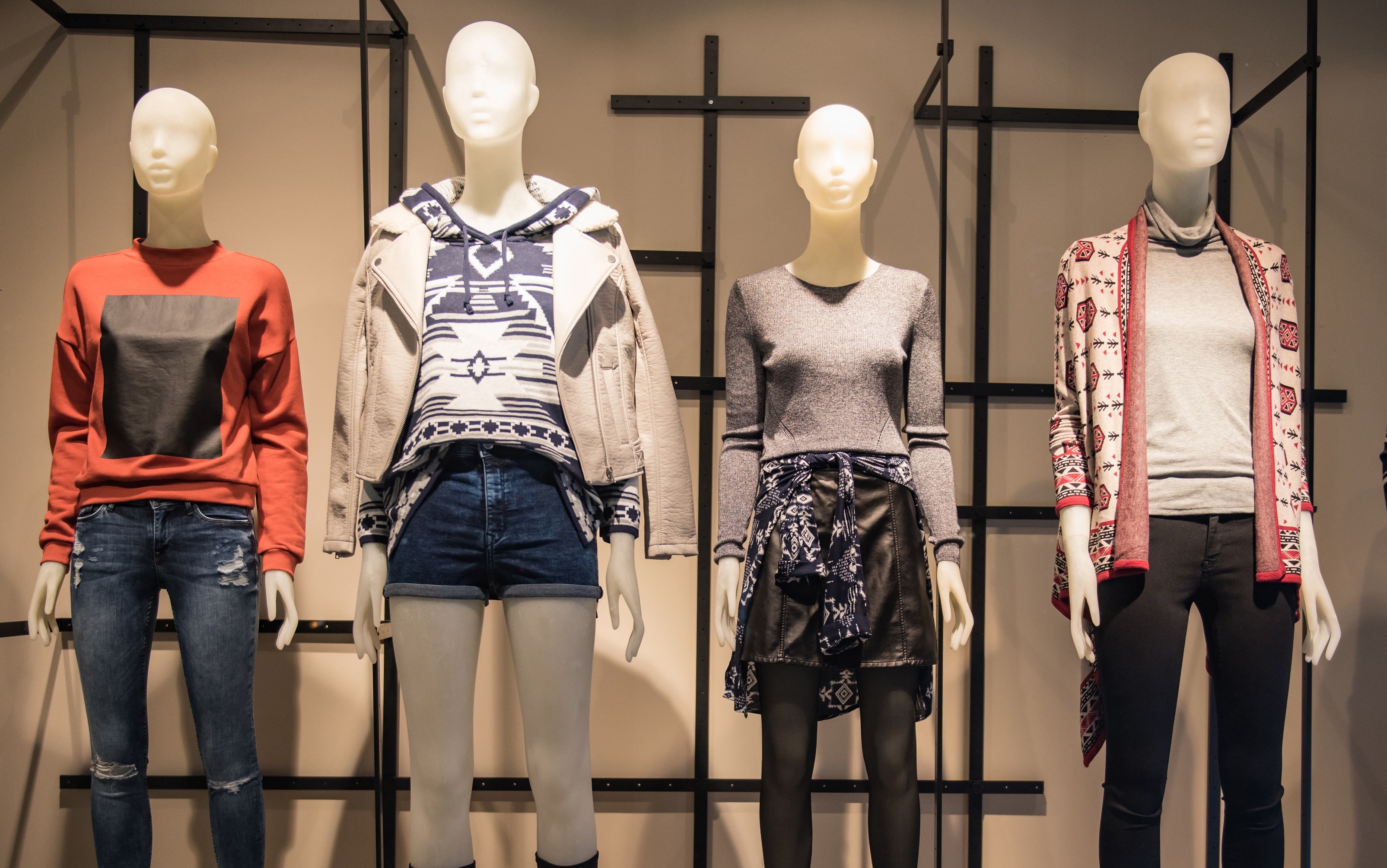Mannequins have decorated store windows for hundreds of years but in terms of size and shape, they have stayed relatively the same.
It would not be the full shopping experience without seeing a mannequin dressed in the latest trend.
So Checkpoint asked shoppers whether they feel represented by what is in the window.
"I reckon some should be like bigger sizes and not just the same size, so everyone knows what they want to get if they see it on a mannequin, they'll see it on themselves," one person said.
"I mean I'm 4'11 and I see clothes on the mannequins and I'm like 'oh that looks gorgeous' and then I try it on and it's way down here, way too tight over there," another said.
One woman said: "I have a few friends who are plus size or medium plus size, it's really hard for them to find clothes because they can't see it, and even online like on models who are plus size it's still really hard.
"I just think that mannequins are all the same size. It's just kind of not accurate because it's also not the average size I would say either."
Glen Wilkin-Holland has been in the mannequin making business since the 70s - in fact his is the last business left in the country.
He works out of his house, which he turned into a factory.
You cannot enter a room without there being some sort of mannequin, from heads, to smaller dolls and even random limbs hanging from the ceiling.
After more than 50 years, much has changed when it comes to size.
"There is a demand and more realistic kind of approach to larger sizes now, especially in the calico covered forms, and we do up to size 18 and with the expanding dressmakers we almost go up to 20," Wilkin-Holland said.
Nearly two thirds of customers used to be retail - now it is down to a quarter.
The majority were not opting for more inclusive sizing, he said.
"They'll design a 10 and grade down twice, two 6's and 8's, and then you'll go up twice, two 12's and 14's and so kind of that's the biggest, that's the middle there really in a 10."
It is not just size that is lacking when it comes to representation.
"Like when they did that display up at Auckland Museum there was two or three Polynesian sisters... really hard to sell that though to stores on Queen Street," Wilkin-Holland said.

Mannequin maker Glen Wilkin-Holland says most stores don't want to include larger sizes in their displays. Photo: RNZ / MARIKA KHABAZI
At Vixen on Karangahape Road, the mannequins are vintage just like the clothes.
Sales assistant Mia Bella-Brothers said they were lacking in different sizes.
"It's kind of like either really small or really tall, there could be a lot more inclusivity around that."
Mia said it was more about showing off the elaborate accessories rather than everyday clothes people wore.
But she admitted there was room for improvement.
"It would be great to have some more sort of different sizes within the mannequins so that we could like change them up more."
Dietician Kate Sayers echoed this call.
"What we see at the moment is not representative of what a real body shape is like so if we are seeing more normal body shapes out there, a range of shapes then what it's telling people who are in that situation and everyday people that that's a true representation of our bodies."

Photo: 123RF
Sayers works at Shelly Beach Practice in Auckland, and specialises in helping patients with disordered eating.
A lack of representation in stores could have severe repercussions, she said.
"When we're working with people with weight and shape concerns, or they have an eating disorder or disordered eating, they spend most of their day thinking about weight, shape and food.
"So if that's all you're thinking about when you're out and about, and you see representation around you of how a body should be that's what you're connecting with, and then you're making a comparison yourself, so it can be very, very triggering."
There was some long overdue change that could help with that, Sayers said.
"If everyone jumped on board and on the movement and said 'okay let's be representative, let's have a range of body shapes and sizes, let's have sizes that we might not have already had in the shop', then there's less likely to be negative feedback, because it's a movement that's changing across."
The practice is not able to take on anymore patients despite referrals tripling over the last two years.
"We are seeing quite an increase, you know, in that space at the moment it's really concerning. So it does suggest that what's currently happening out there might not be working," Sayers said.


